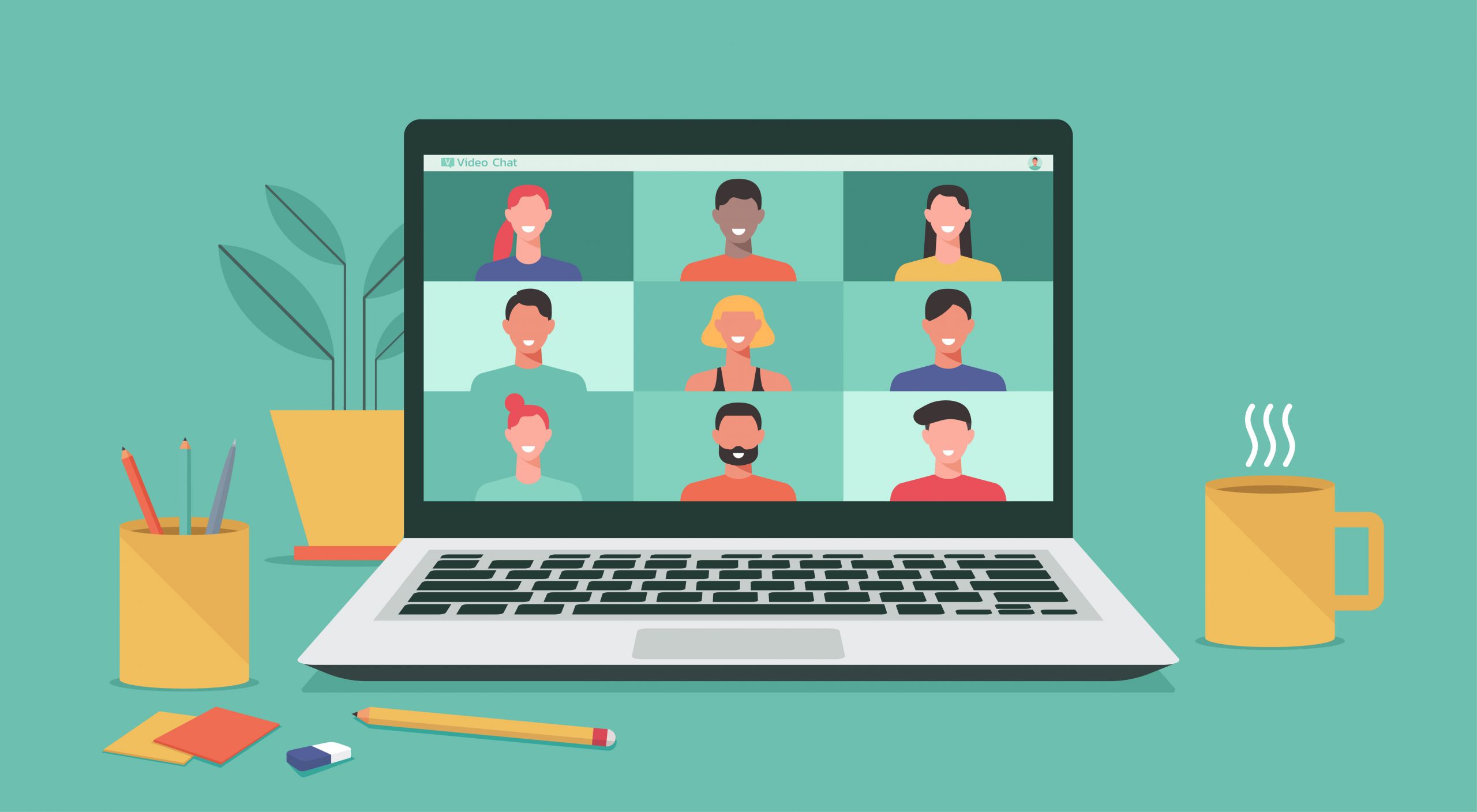The Benefits of Using Virtual Backrooms During Online Focus Groups
As a qualitative research professional, you know that the discussion of participants is just one part of project engagement that requires careful management. The client observers or project stakeholders play an important role in the qualitative research process, and one way to leverage their expertise and enhance their experience is to use a video and text-based virtual backroom during the focus group. The involvement of clients in the virtual backroom during online qualitative studies has multiple benefits, and in today’s blog, we’re covering them.
Organizational benefits
Having clients view the focus group from a backroom has always been common in qualitative research, but one of the most significant benefits of a virtual backroom is also one of the most obvious ones – observers can save time and the hassle of travelling. This also means that by using the virtual backroom, you’re able to expand the reach of who participates in the backroom. For example, with virtual, you’ll see people that wouldn’t typically attend, such as product managers, marketers and executives.

During an online focus group, you’re able to message the moderator instantly instead of having to wait until a break in the discussion, which usually happens during in-person groups. Virtually, a moderator can simply send a message directly in the platform anytime during the research. Such real-time feedback to the moderator improves collaboration which also affects the results.
Bronwen Clark, Online Moderator with Vista Research, states that “the chat window allows the backroom to really be engaged… In a virtual situation, I can see the client’s feedback in real time. I can integrate it into the discussion in real time. It is much easier to ask that second question instead of saying, I want to circle back to something you said 25 minutes ago. .you can maximize the time you have with the respondents.”
For engagement ideas, check our article Tips for Virtual Backroom Engagement During Online Focus Groups.
As online methods help to expand the geographical borders of qualitative research, it’s also important to have the ability to accommodate translation if the group is hosted in a different language to ensure that the backroom observers can understand everything and ask questions or make comments.
Result-Oriented Benefits
It is critical to ensure the backroom is completely separate from the focus group discussion. There is nothing more intimidating to a respondent than to log into a video meeting and see extra observers in the attendee list that are not engaged in the discussion. In situations where the observers are connected to the main online focus group room, the limitations on chat and video communications don’t facilitate those magical collaboration moments in the backroom.
Video in-depth interviews (IDIs) and video focus groups have often been used as a first step in transitioning from traditional in-person research to online qualitative methods. One of the not-so-obvious advantages of using a backroom, especially for clients or stakeholders that are new to the online qualitative environment –is that it can assist in building trust in the methodology and the research findings. For clients who have traditionally used real-life interviews and focus groups, the use of a video-based backroom during online studies may boost confidence in the method and research team delivering the study because it’s similar to in-person interactions. Bronwen Clark indicated, “From the observer experience, you don’t lose that “backroom bonding” that they experience in person….(the video connection) makes it feel more personal and it is much more team building to have that personal connection."

What’s more, watching the research process live and having the chance to see the faces and hear the voices of participants helps observers develop empathy and gain more insights than while reading a paper report. Learn more about developing empathy in a presentation and discussion about EON’s customer emersion program in our video Invoking Empathy in Executive Decision Making. Besides, it’s also necessary to avoid surprises after the research data collection is complete.
Another benefit of having the observers together in the backroom is that they can discuss ideas as the research is happening and come up with suggestions on how to guide the research, implementing them straight away. Deborah McConchie, research with McChonchie and Seamster, describes a website evaluation study for a Fortune 100 company indicating “the team of implementers got to work right away… when things are timely. Clients want everything yesterday. Being able to see and hear live helps that process, and it expands the team participating.”
Here, at itracks, we know how essential active engagement for clients and stakeholders is. That’s why we are proud to offer an unmatched tool – the industry’s first true virtual backroom, where clients, C-suite execs, and any other stakeholders can benefit from seeing the research live as it happens and collaborate via video and text simultaneously in a dedicated backroom. Book a demo today to try it out and see for yourself how it raises the bar of your qualitative research.